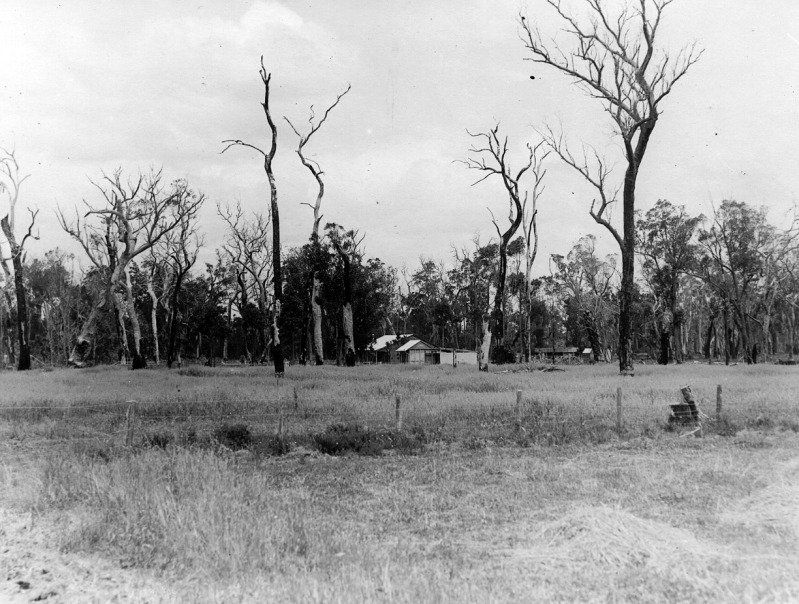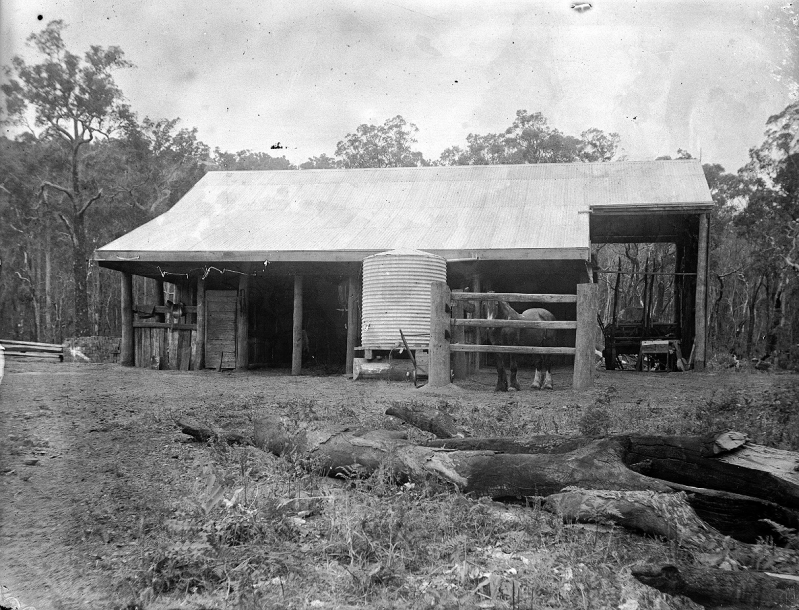Group Settlement in Western Australia -a brief overview.




Sir James Mitchell served as the Premier of Western Australia twice: from May 1919 to April 1924 and again from April 1930 to April 1933. People link his name to the unfair Group Settlement Scheme in Western Australia.
The goal was to develop the south-west, which has a sparse population, for dairying. This aimed to cut reliance on interstate imports.
The Scheme started in 1921, focusing on Australian families first. After Britain and West Australia approved the Migration Act, recruitment started in Britain.
The plan was to open the south-west for dairying to reduce dependence on imports. Good rainfall and lush forests suggested agriculture would prosper. Further investigation might have warned against the scheme. Unknown factors, like trace element deficiencies in the soil, harmed crops and animals.
By 1923, ads in British newspapers painted a hopeful picture for potential Group Settlers. They promised, “Own your own farm,” alongside images of green fields, healthy people, and sturdy homes.
The reality must have been shocking. After a long voyage, settlers faced a rough stay at a Fremantle hostel. They then endured a tough train ride and a bumpy cart journey through strange forests. Finally, they reached a rough clearing with windowless corrugated iron huts in the heat. Some women never recovered from this ordeal. Yet, most settlers pushed through hardship, isolation, and poverty.
Under a Group Foreman, men cleared land and built fences. This allowed the typical four-room timber houses to go up, letting families leave the huts. Each group usually had 20 locations, covering about 160 acres depending on the land. The land was "free," but survey and office costs of £13 1s 0d added to the voyage and expenses for housing, farming tools, and animals. As the land was not very productive, managing this debt was impossible for many.
Many settlers left. By 1924, about a third had abandoned their farms. Others stayed because they had no choice.
Families received sustenance payments until their farms became self-sufficient. They faced tough times. Despite the struggles, children thrived, remembering happy moments. They worked hard, milking cows before school and walking three or four miles to get there.
By the late 1920s, the Scheme strained state finances. Politicians wanted to end it and handed management to the Agricultural Bank. The bank reassessed settlers’ debts, often worsening their situations.
In the 1930s, the Great Depression struck, causing cream prices—the main income for settlers—to crash. As a result, some farmers who had held on finally gave up and left.
Consolidating small farms created more viable properties, and many old group farms still exist. This poorly planned project faced failure before it even started